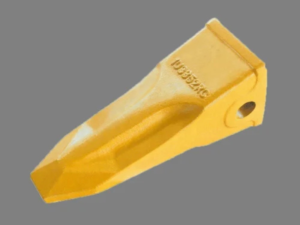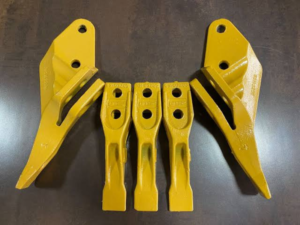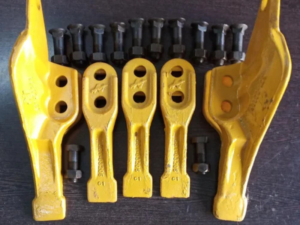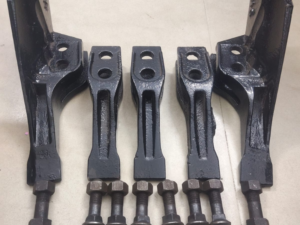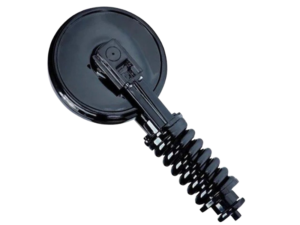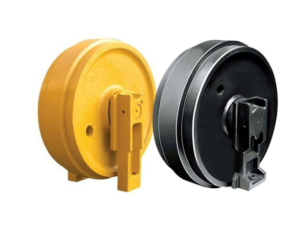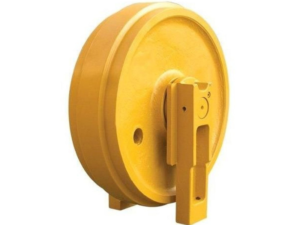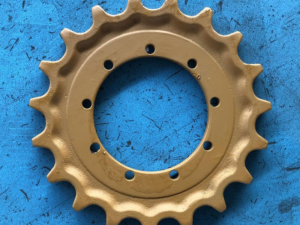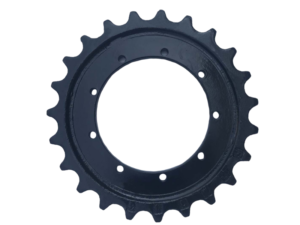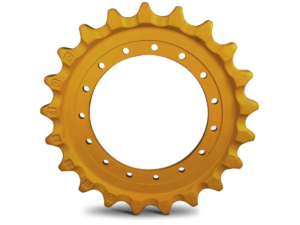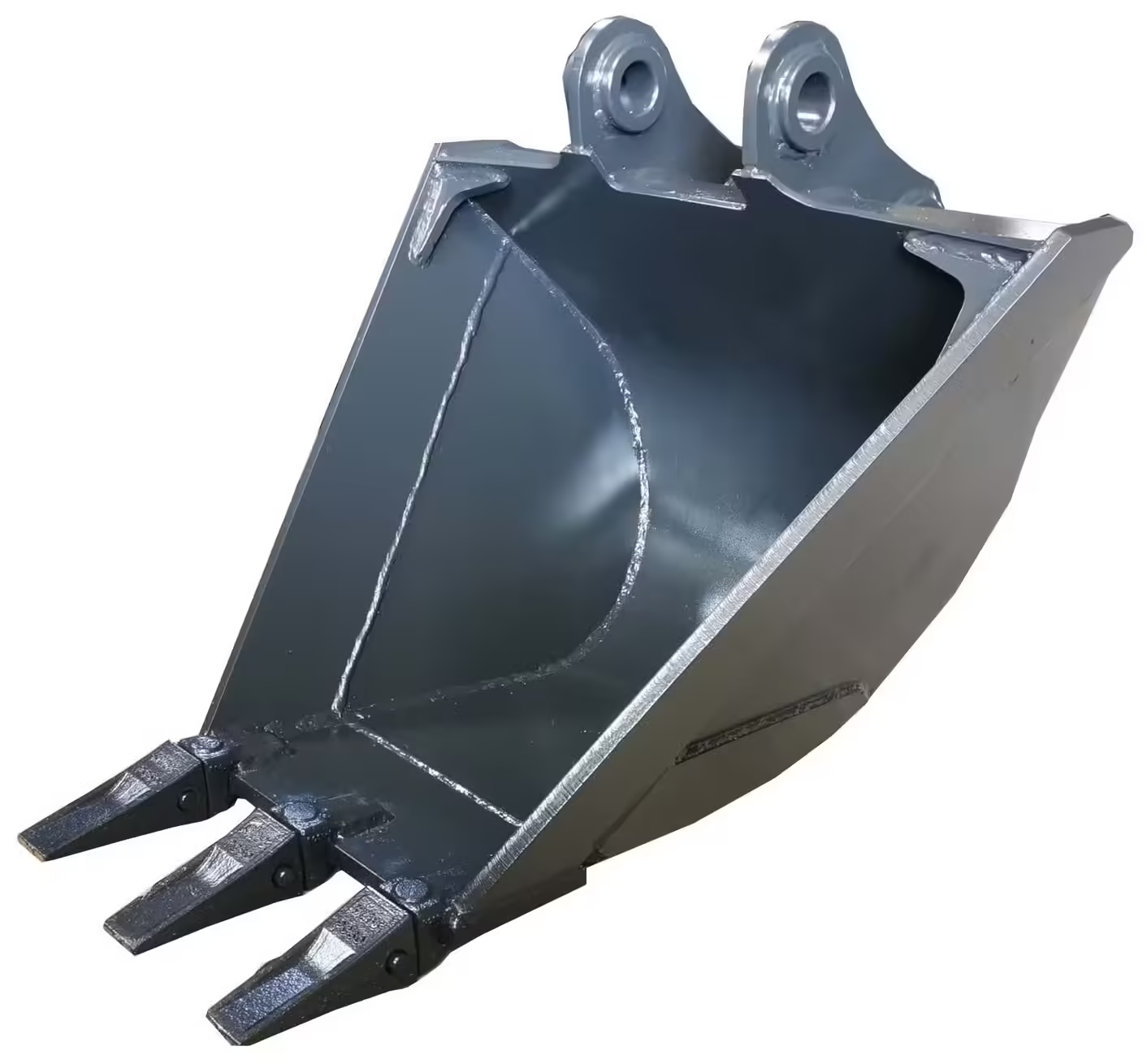
When it comes to excavation work, the type of bucket you choose for your excavator plays a critical role in determining efficiency, precision, and overall productivity. Two of the most common choices in the industry are the trapezoidal bucket and the standard bucket. But how do these two compare, and which one is best suited for your specific projects? Let’s dive deep into the differences, applications, and benefits of each to help you make an informed decision.
A trapezoidal bucket, also known as a V-ditch bucket or trenching bucket, is designed with a unique trapezoidal shape. Unlike standard buckets with a rectangular profile, this bucket has angled sides that taper inward, forming a V-like cross-section.
The design allows it to dig trenches with sloped sides, which are commonly required for drainage ditches, irrigation channels, and cable or pipeline laying. This specialized shape reduces the need for additional grading or reshaping of the trench after excavation.
A standard excavator bucket is the most commonly used attachment in earthmoving operations. With its rectangular profile and wide, flat cutting edge, the standard bucket is versatile enough to handle general-purpose digging, loading, and material handling tasks.
It’s ideal for jobs like digging foundations, loading soil, gravel, or sand into trucks, and clearing debris. While highly versatile, it’s not designed for precise trench shaping like the trapezoidal bucket.
Trapezoidal Bucket: Features a tapered, V-shaped design with sloping sides (usually 45°, 60°, or customized angles) and a flat or slightly rounded bottom.
Standard Bucket: Has a rectangular shape with a wide, flat cutting edge, and vertical sides.
Trapezoidal Bucket: Best for forming trenches with sloped walls, drainage channels, irrigation ditches, and pipeline bedding. It ensures the trench meets specific slope requirements with minimal finishing work.
Standard Bucket: Suited for general digging, backfilling, material loading, and site clearing. It’s a go-to choice for versatile earthmoving.
Trapezoidal Bucket: Speeds up trenching tasks by reducing the need for multiple passes or additional grading equipment. The angled sides naturally prevent soil from caving in during excavation.
Standard Bucket: May require more time and additional work to achieve the same sloped trench profile, especially for drainage or irrigation projects.
Trapezoidal Bucket: Designed for precision rather than bulk handling. It moves less material per scoop compared to a standard bucket but provides more accuracy in shaping.
Standard Bucket: Handles a larger volume of material, making it ideal for bulk excavation and loading.
opt for a trapezoidal bucket when your project requires:
✅ Precise trenching with specific side slopes
✅ Efficient ditch cleaning or maintenance
✅ Minimizing soil collapse in loose ground conditions
✅ Reducing additional grading or reshaping efforts
It’s particularly beneficial for contractors working on drainage systems, road construction, and irrigation projects where trench geometry matters.
A standard bucket is ideal for:
✅ General-purpose digging and loading
✅ Bulk material handling
✅ Foundation excavation
✅ Clearing and site preparation
If your projects are varied and don’t require precise trench shaping, the standard bucket’s versatility makes it a reliable choice.
While both buckets serve important roles in excavation work, the trapezoidal bucket shines in specialized trenching applications where precision and efficiency are key. On the other hand, the standard bucket remains the workhorse for general-purpose tasks, offering versatility across different types of jobs.
For contractors managing a mix of projects, investing in both attachments can be a smart move. This ensures you always have the right tool for the job—whether you’re shaping perfect drainage ditches or moving massive volumes of earth.
At [Your Company Name], we provide a wide range of high-quality trapezoidal buckets and standard buckets tailored for all major excavator brands. Built with durable materials and precision engineering, our buckets help you tackle any excavation challenge with confidence.
Contact us today to find the perfect bucket for your next project!
